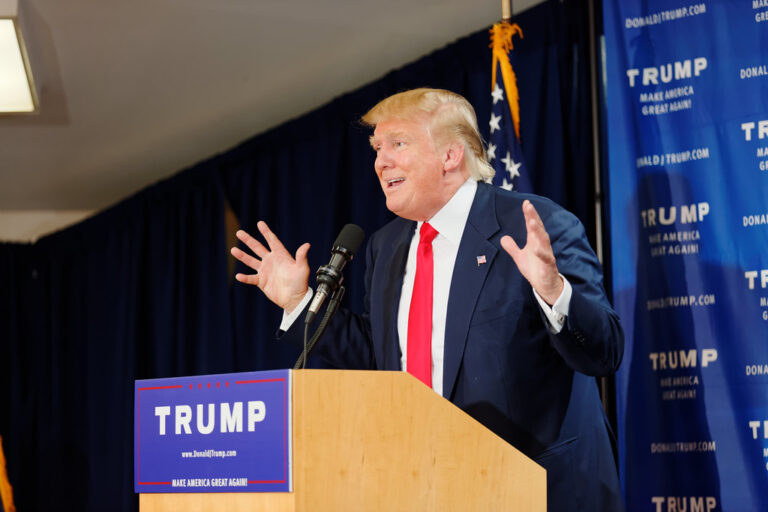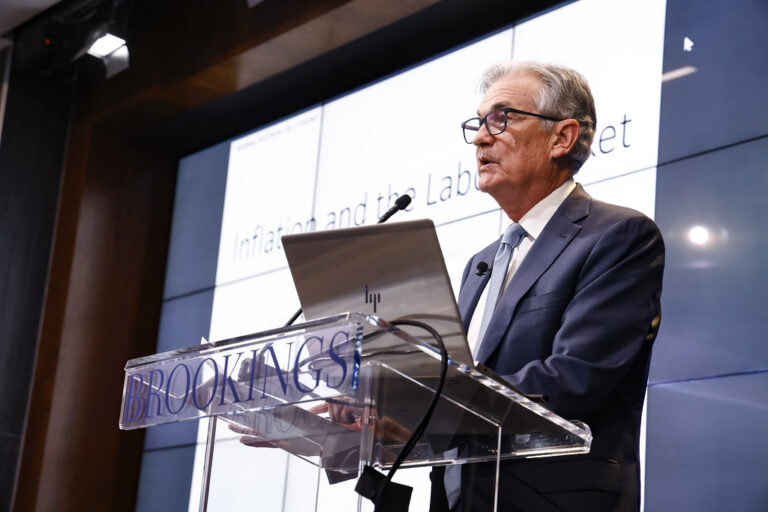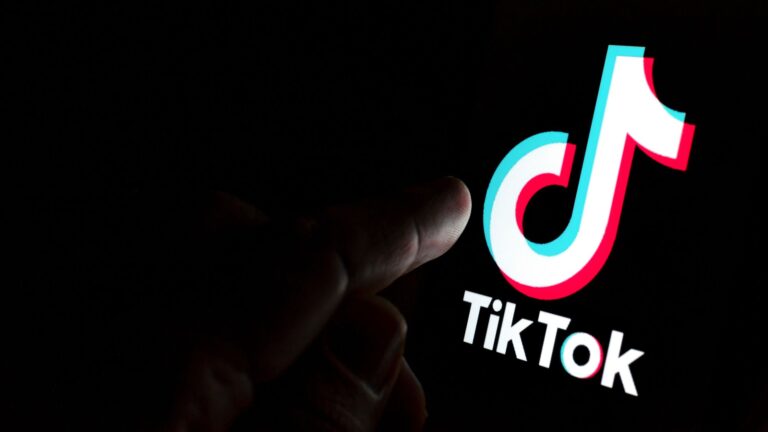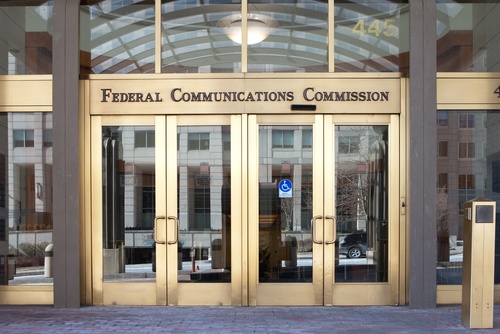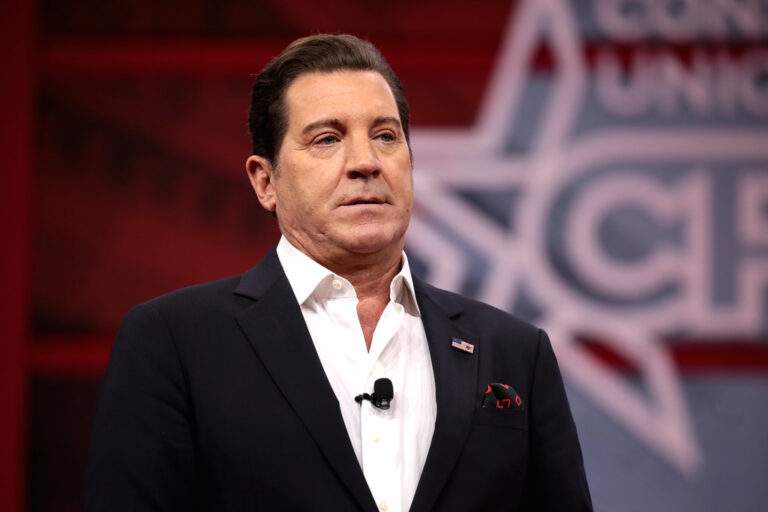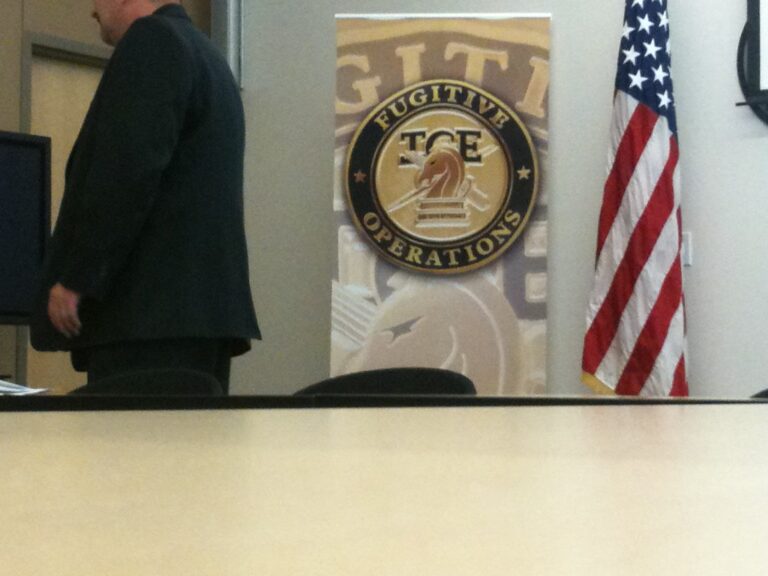Key Takeaways:
- President Donald Trump criticized the United Nations for not helping with U.S.-led peace.
- He quickly added that America still fully supports the U.N.
- Trump met with U.N. leader Antonio Guterres during the U.N. General Assembly.
- The message from Trump was mixed—tough words followed by reassurance.
Trump and the United Nations: A Complicated Relationship
The United Nations (U.N.) is a global group where countries work together on peace and world problems. On Tuesday, something unexpected happened. U.S. President Donald Trump shared some strong words about the U.N. He said the group failed to back U.S. efforts for peace, especially in places like the Middle East.
At first, it seemed like Trump was turning against the United Nations. But soon after, he made something very clear. He told Antonio Guterres, the top leader of the U.N., that the U.S. still supports the organization “100 percent.” This left people wondering—what’s really going on?
In this article, we’ll look at Trump’s mixed message, why he could be upset, and what this means for the future of U.S. and U.N. relations.
Why Donald Trump Criticized the United Nations
President Trump isn’t known for keeping quiet when something bothers him. This time, he was upset with how the U.N. handled peace efforts. He believes the U.S. has done a lot to bring peace to tough regions like the Middle East. But in his view, the United Nations hasn’t done its part to help.
Many believe Trump was focusing on countries like Iran and conflicts surrounding Israel. The U.S. has taken a hard stance on Iran and made strong efforts to support Israel, including moving its embassy to Jerusalem. Trump likely expected the U.N. to fully support these moves. However, not all global leaders agree with his actions. Some U.N. members have even criticized America’s choices.
Trump’s speech was a way of saying, “We’re doing the work. Why won’t you help us?”
Still Standing With the United Nations
Even though he started off with criticism, Donald Trump also made sure to show support. He didn’t want to make it look like the U.S. was going to stop working with the United Nations. He told Antonio Guterres face-to-face that the U.S. is still “behind the U.N. 100 percent.”
This kind of talk sends a mixed message. On one hand, he’s unhappy. On the other, he wants to keep the partnership alive. So why the back and forth?
Trump’s approach to the United Nations isn’t new. Since his early days as president, he has often said the U.N. needs to improve. He wants America to get more credit for the money and effort it gives. The U.S. provides a big chunk of the U.N.’s budget. Because of that, Trump believes the U.S. deserves more say in what the U.N. does.
The Politics Behind Trump’s Message
Let’s take a closer look at the bigger picture. This moment happened during the U.N. General Assembly, a yearly event where world leaders meet in New York City. Each leader gives a speech to share their views on major global issues. Because so many global eyes are watching, Trump’s speech wasn’t just for the U.N. It was also for the world stage.
He wanted to make his message loud and clear: America should be heard, respected, and supported—not ignored.
At the same time, Trump wants to build relationships. That’s why he didn’t go too far with his criticism. His talk with U.N. Secretary-General Antonio Guterres helped soften the blow. It was a way of saying, “We’re still allies, but we need to have a serious talk.”
What This Means for U.S.-U.N. Peace Talks
Peace talks are a big part of what the United Nations does. Whether it’s ending wars or helping people after disasters, the U.N. is often there. But peace talks need support from powerful countries. That’s where the United States plays a major role.
Trump is trying to lead peace efforts, especially in the Middle East. He has made deals between countries like Israel and the United Arab Emirates. These deals are meant to build stability in the region. Yet, countries in the U.N. don’t always back these plans. They have their own opinions on what peace looks like.
The ongoing tension makes it hard to make progress on complex problems. The keyword here is peace. Without full support from the U.N., the U.S. can’t achieve global peace alone. And the U.N. needs the U.S. just as much to have a strong voice around the world.
How Other Countries Might React
When President Trump talks tough, the world listens. His message can affect how other countries behave at the U.N. Some may choose to support him more. Others may pull back.
Countries that rely heavily on the U.S. for money or military support might feel pressure. If they want to avoid conflict, they could choose to back the U.S. more next time important votes come up at the U.N.
However, countries that already disagree with Trump’s policies may see this as another reason to push back. This creates a split—a world where not everyone agrees on the best path to peace.
The Role of the U.N. in the Future
Trump’s comments raise a big question: What is the future of the United Nations? Even though he said the U.S. still supports the organization, trust may be shaken.
Will the U.N. change how it works with the U.S.? Will America step back from some of its powerful roles? For now, those answers are unclear.
What is clear is that both sides need each other. The world faces big problems—wars, climate change, pandemics, and more. Solving these problems requires teamwork. The United States and the United Nations both have huge roles to play.
If their partnership weakens, the entire world may feel the effects.
Why This Matters to You
You may wonder why news about peace talks and world groups matters in your daily life. Here’s why: decisions made by the U.N. and the U.S. affect everyone.
If these two giants work well together, the world can be safer and more stable. But if they can’t agree, conflict and problems can grow. That’s why Trump’s mixed message is important. It signals how world leaders might act and react moving forward.
Peace can only happen when countries talk, listen, and work as one.
FAQs
Why did Donald Trump criticize the United Nations?
Trump believed the U.N. didn’t support U.S.-led peace efforts, especially in places like the Middle East. He felt America wasn’t getting enough help or credit.
Does the United States still support the U.N.?
Yes. Despite strong words, Trump told the U.N. Secretary-General that the U.S. remains “100%” behind the world group.
What are U.S.-led peace efforts?
These include things like peace deals between countries, support during conflicts, and efforts to stop nuclear threats, like those from Iran.
Why is the relationship between the U.S. and U.N. important?
The United Nations needs support from powerful countries like the U.S. to solve global problems. If they don’t work together, the world could become less safe.

